This time last year marked the centennial of the outbreak of the First World War. Professor Heather MacDougall saw an opportunity to delve deeper into our region’s history and place in the grander narrative of WWI. “Most of the historical studies to date have focused on large centres like Toronto or on the military,” she explains. “With social history being such an important development in terms of research, I thought that it was time to look at the way that German Canadians and British Canadians interacted throughout the war.”
Prof. MacDougall teaches HIST 602: Canadian History II, a research course in the Tri-University MA History program. In 2013, with the centennial approaching, she worked with current students on a grant application for the Waterloo Regional Heritage Foundation’s annual $3000 student award. The work would culminate in a website that explores Waterloo Region’s history leading up to and during the First World War.
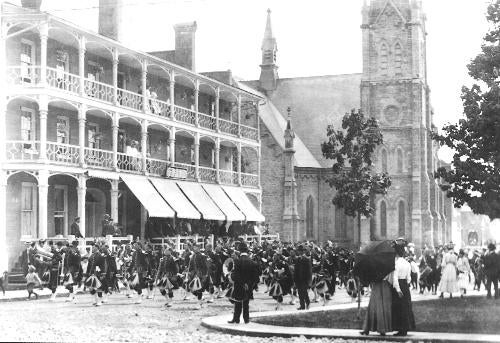
Grand Hotel in Galt, Ontario. Fifth Census of Canada 1911, Volume I. C.H. Parmelee: Ottawa, 1912.
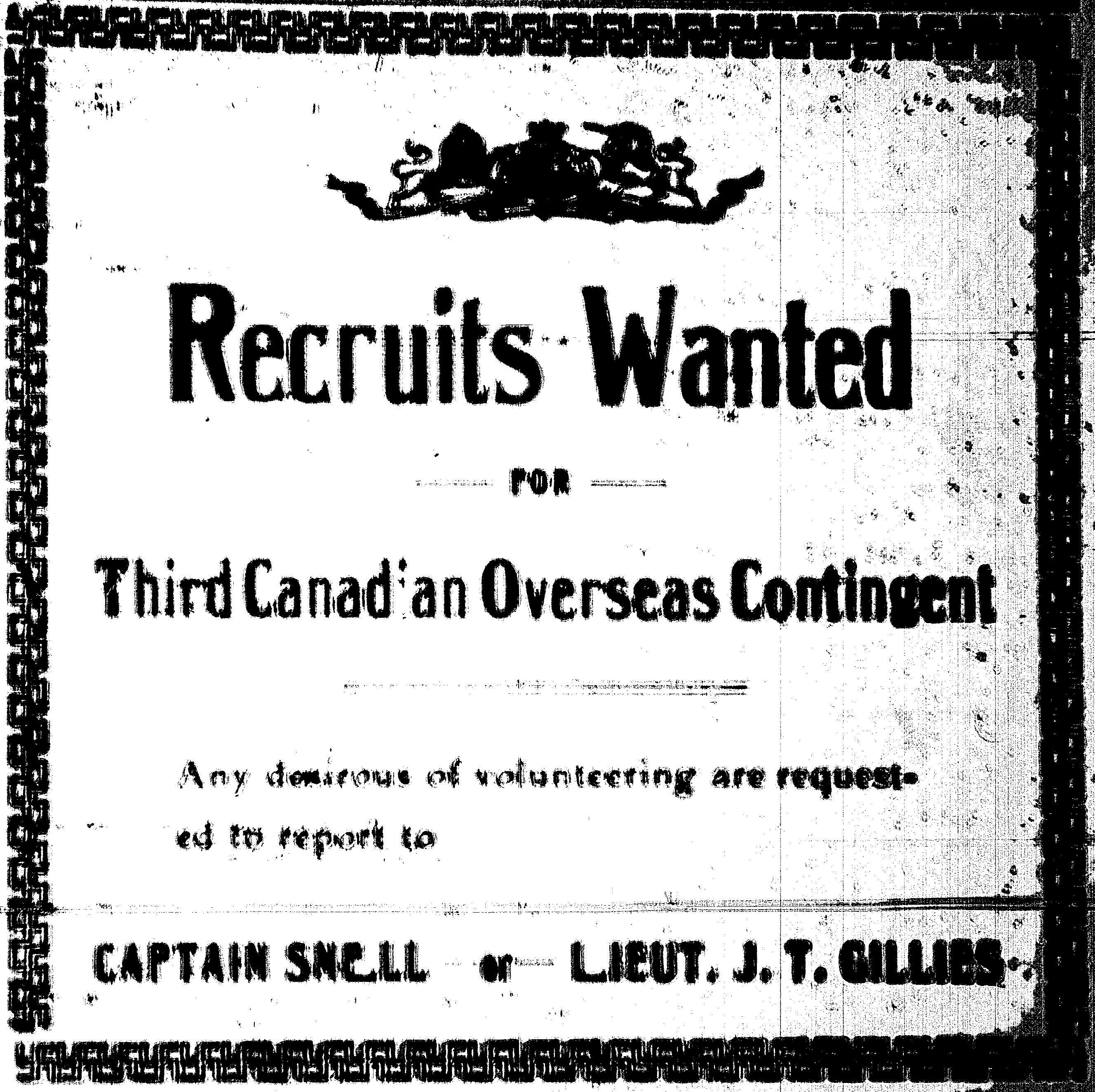
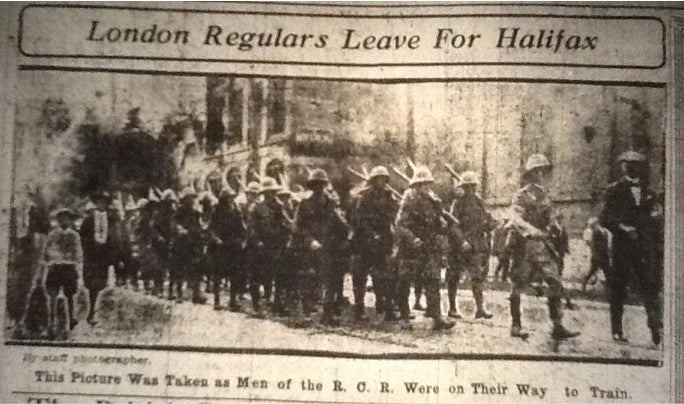
Left: Recruits Wanted,” Ayr News, 7 January 1915.
Right: London Advertiser, 3 August 1914
Now live, Waterloo Region During the First World War allows visitors to interact with a wide collection of historical photographs, maps, and newspaper articles from that time. Students worked with experts at the Kitchener Public Library, the Waterloo Region Museum, and partner universities to better understand how the presence of a large German-Canadian population in Berlin/Kitchener affected and was affected by the British Canadian dominance in Ayr, Waterloo, Galt, Hespeler and Preston.
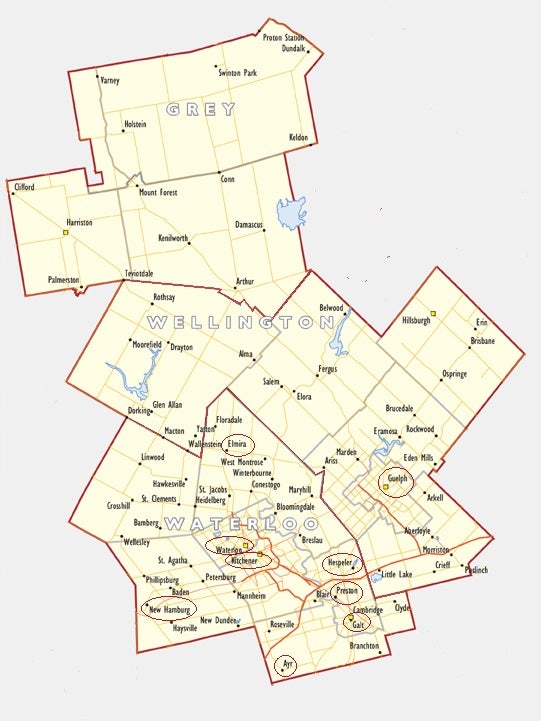
Map of Waterloo Region, Wellington County and Grey County. (Source.)
“The local focus has had an interesting impact as most of the students who have worked on the project are not residents,” says Prof. MacDougall. “Our MA program attracts students from throughout Ontario, and these students bring a new perspective to regional history and events because they almost automatically compare the situation in Waterloo Region with their knowledge of their hometowns.”
After the first graduate class established the website, the project continued in 2015, with seven students working on the website. “This group had the added advantage of two international students from the Mannheim University exchange program who provided much needed translation,” says Prof. MacDougall. “The Berliner Journal was a German-language newspaper which continued to publish throughout the war in spite of strict censorship and it was imperative that the project fill this gap. In addition, one of the students argued persuasively that the lives and deaths of men and women from the region who served should be commemorated so she devoted her portion of the project research to writing and creating that new page.”
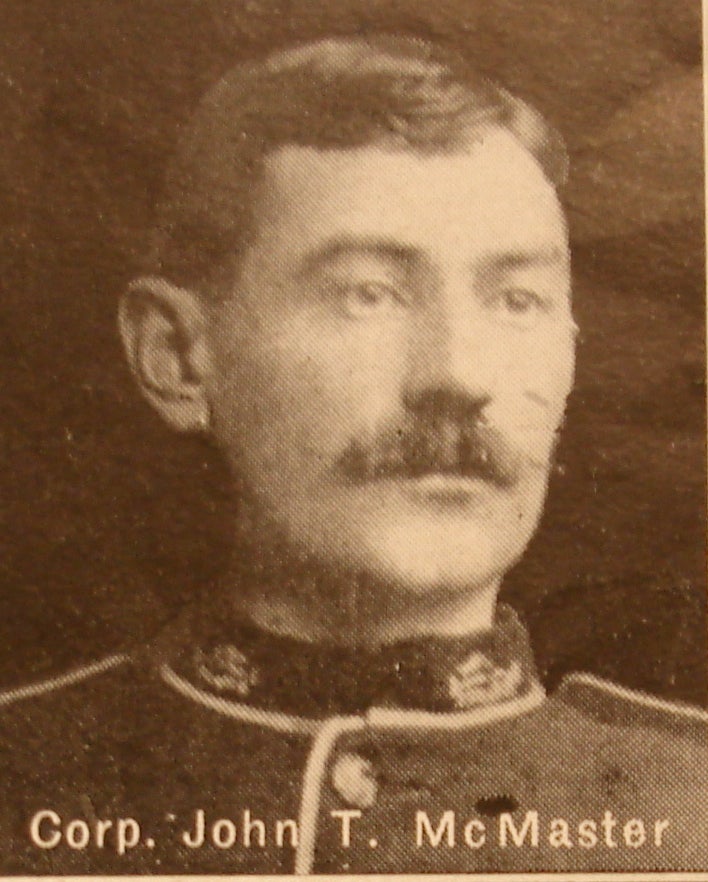
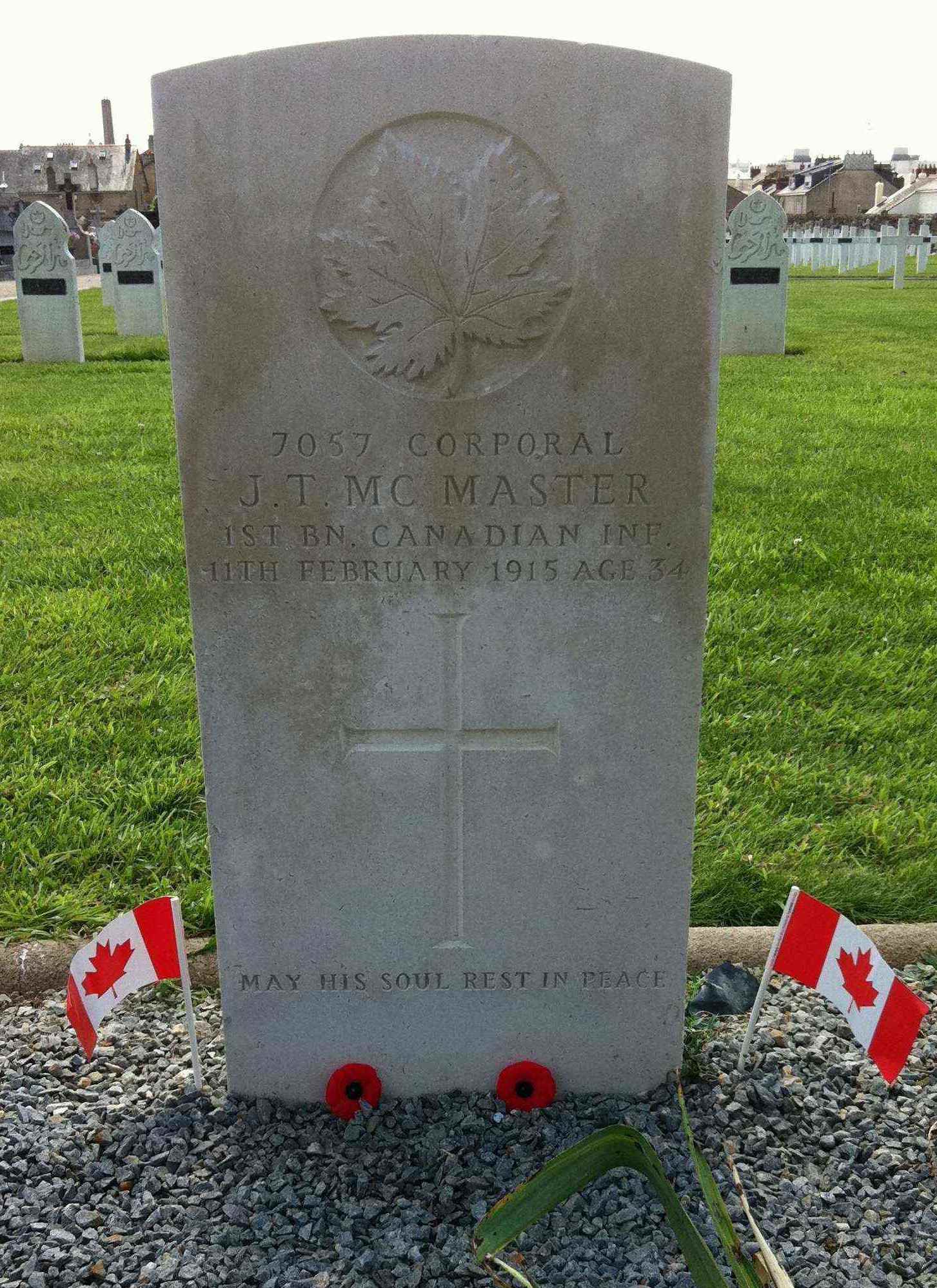
Canadian Virtual War Memorial: John Thomas McMaster, Veterans Affairs Canada.
The website provided students with a unique opportunity to share their research with the public and to participate in a group project . “The general reaction to the course and the project has been surprise at how much time it takes to work through each stage, how challenging writing and proof reading each web page becomes, how important it is to have a good grasp of the events of the war and life on the home front, and how vital it is to meet deadlines and work with one's colleagues,” Prof. MacDougall explains. “Sharing research and discoveries on the web means that this interesting new knowledge will not be confined to an academic essay.”